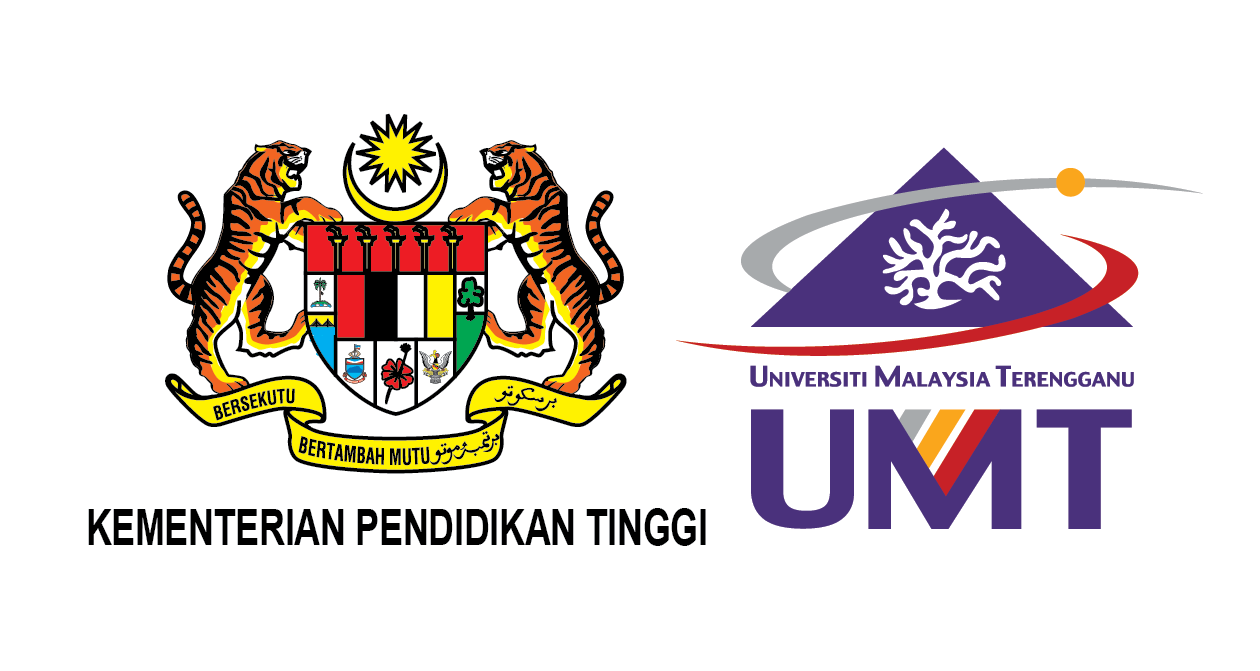Please use this identifier to cite or link to this item:
http://umt-ir.umt.edu.my:8080/handle/123456789/6001| Title: | Width-Weight And Length-Weight Relationships Of The Tri-Spine Horseshoe Crab, Tachypleus Tridentatus (Leach 1819) From Two Populations In Sabah, Malaysia |
| Other Titles: | Implications For Population Management |
| Authors: | Faridah, Mohamad Azwarfarid, Manca Amirrudin, Ahmad Muhd Fawwaz Afham, Mohd Sofa Amirul Asyraf, Alia Noraznawati, Ismail |
| Keywords: | Horseshoe crab Tachypleus tridentatus Width-weight Relationship Length-weight Relationship Sabah Malaysia |
| Issue Date: | 2016 |
| Publisher: | Journal of Sustainability Science and Management |
| Citation: | Vol. 11; No. 1; 1-13 p. |
| Abstract: | A morphometry study of 259 individuals of Tri-spine horseshoe crab Tachypleus tridentatus was carried out from April to October 2014 in two populations in Sabah, Malaysia, one in Tanjung Limau and another in Inderasabah. Two methods were used, i.e. visual search and gill netting. Both sites showed a higher number of males with 1.01:1 OSR (χ²=0.005, df=1, P>0.05) in Tanjung Limau, and 2.42:1 OSR (χ²=19.55, df=1, P<0.05) in Inderasabah. T. tridentatus collected from Tanjung Limau are larger than the population from Inderasabah. The prosomal width (PW) frequency for males ranged from 30-31 cm and 26-27 cm whereas for females ranged from 38-39 cm and 30-31 cm in Tanjung Limau and Inderasabah respectively. The prosomal width-weight relationship were W=0.0028 PW3.9273 and W=0.0125 PW3.5245, while the total length-weight relationship are W=0.0152 TL2.8465 and W=0.0202 TL2.7536 for Tanjung Limau and Inderasabah respectively. Two-way ANCOVA revealed a significant difference among PW-weight relationship in males and females in these two locations (F=4.74, df=1, P<0.05). It confirms that both populations demonstrate allometric growth (b≠3) with a higher increment of PW-weight as compared to TL-weight, which agrees with previous studies that reported similar traits. The differences in these morphometric parameters in both populations of T. tridentatus in this study suggest that they may derive from two discrete populations. The findings of this study are useful to estimate the size of adults and spawning individuals of T. tridentatus for better management of the population of this unique animal. |
| URI: | http://hdl.handle.net/123456789/6001 |
| ISSN: | 1823 8556 |
| Appears in Collections: | Journal Articles |
Files in This Item:
| File | Description | Size | Format | |
|---|---|---|---|---|
| J2016-341 -Width-weight and length-weight relationships of the tri-spine horseshoe crab, Tachypleus tridentatus (Leach 1819) from two populations in Sabah, Malaysia- Implications for population management.pdf | Fulltext File | 1.53 MB | Adobe PDF | View/Open |
Items in UMT-IR are protected by copyright, with all rights reserved, unless otherwise indicated.

